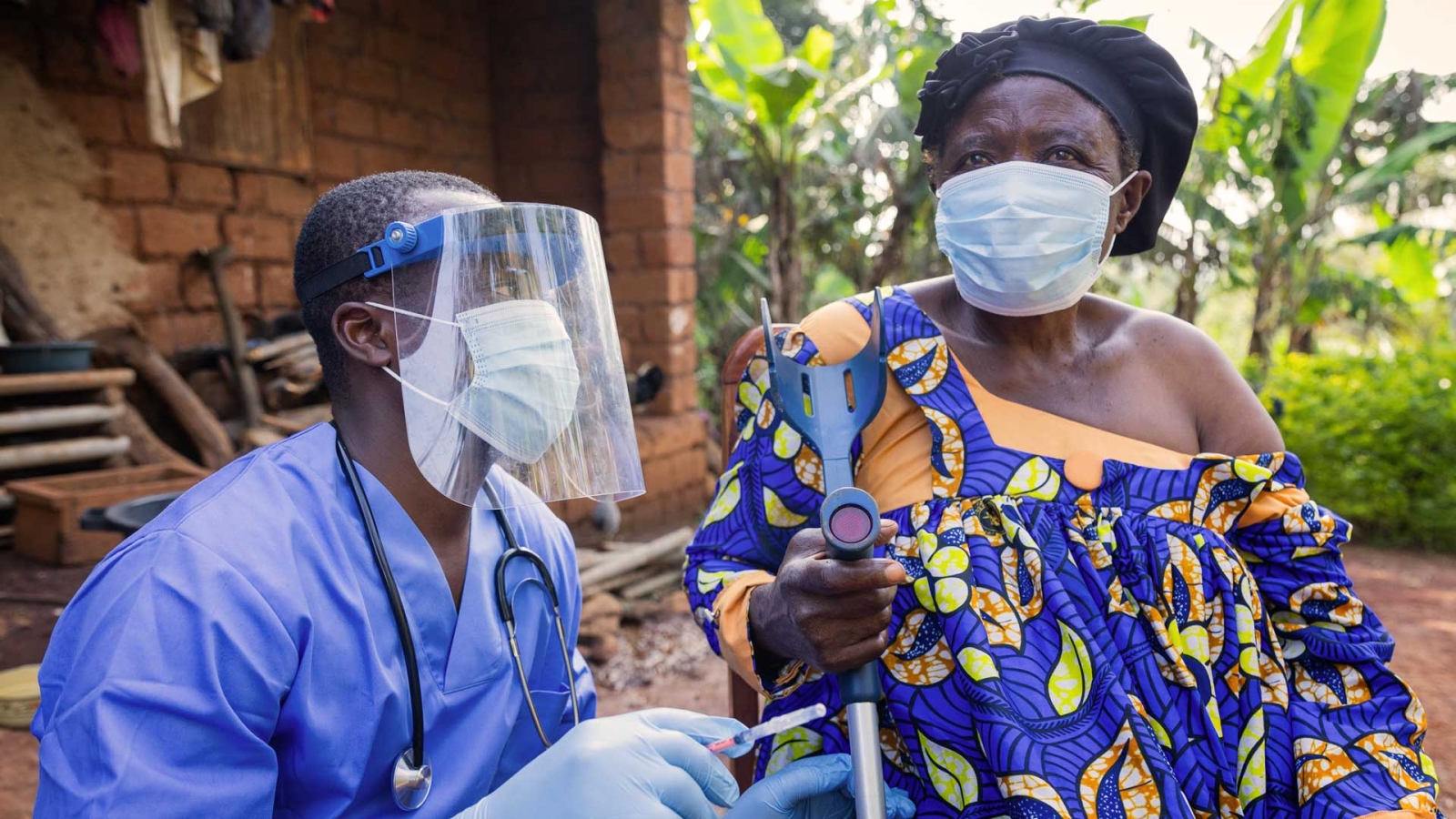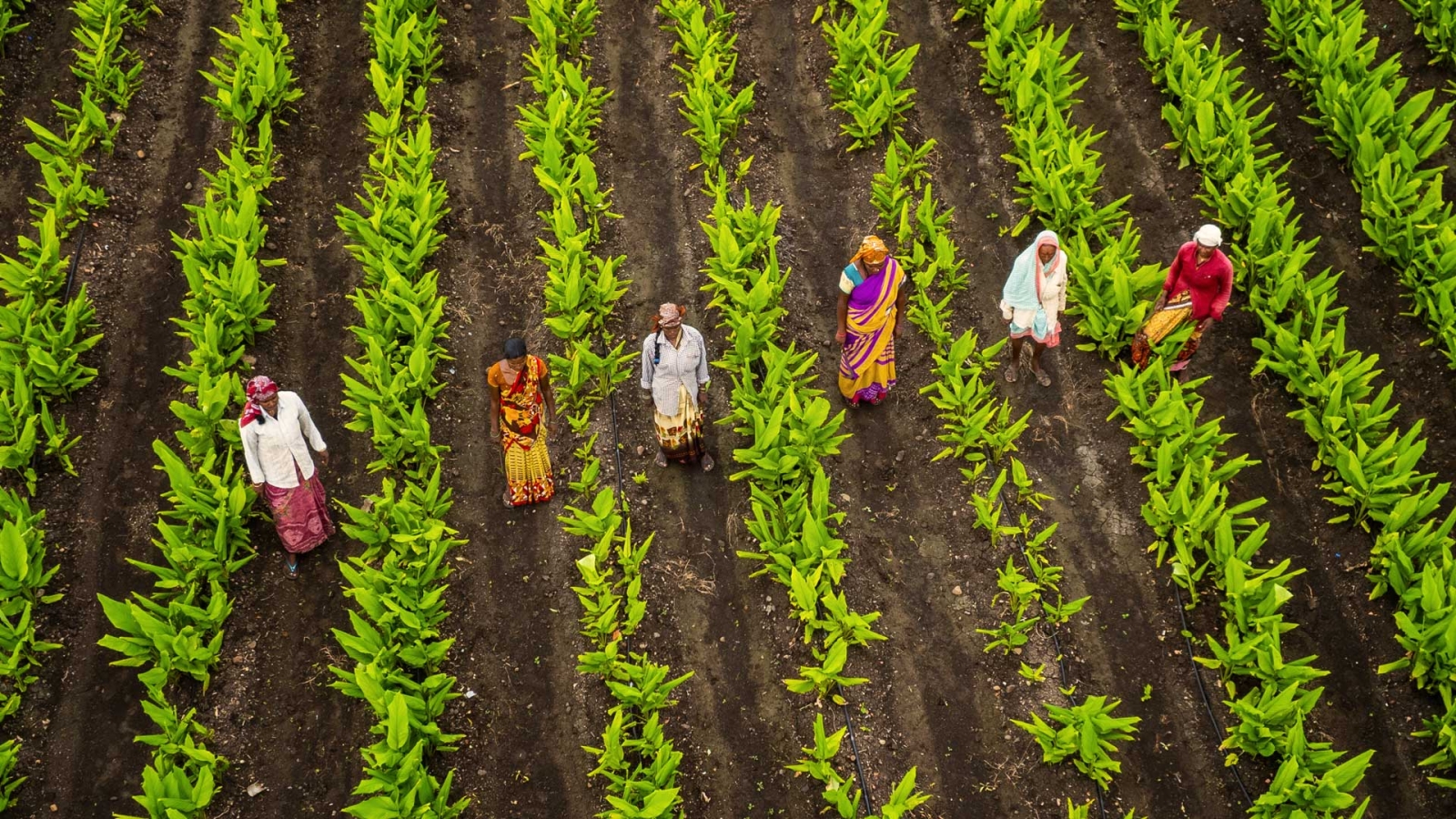
ONLINE MASTER OF PUBLIC HEALTH (MPH)
100% Online | Scholarships Available | Full-time or Part-time Request InformationMPH Concentrations Offered
Online Elective Courses to Choose From
Online (no campus visit required)
The NYU GPH Difference
Online students at NYU GPH have access to many of the same services as in-person students, with the added convenience of flexible scheduling and the ability to engage in courses from anywhere in the world. While some courses are fully asynchronous, allowing students to access learning content on their own time, others require online attendance at designated times.
Why an Online MPH at NYU GPH?
- Learn from experienced NYU GPH faculty.
- Benefit from career advisement from GPH-dedicated career counselors from NYU’s Wasserman Center. You can also schedule a virtual career coaching appointment with Wasserman.
- Attend NYU GPH programs, events and networking opportunities.
- Make a difference in one of our 28 centers, labs and initiatives.
- Participate in student organizations and student programming.
- Join a network of 3,000+ NYU GPH alumni working around the world.
- Receive an NYU ID to access campus buildings, including the library, NYU services and student discounts.
- Access NYU library research services, including data and digital scholarship services.
Choose from 3 Online Master of Public Health (MPH) Concentrations
Community Health Science and Practice
Assess health issues among diverse population groups in the U.S. and around the world to develop and implement population-based health programs that improve health and reduce inequities.
Global Health
Become a public health leader by applying strategic principles of ethical reasoning and professional practice to advance health equity and social justice around the world.
Public Health Nutrition
Assess diet-related health problems among diverse population groups worldwide, recognizing the social, cultural, economic, environmental and institutional factors that contribute to the risk of malnutrition.


